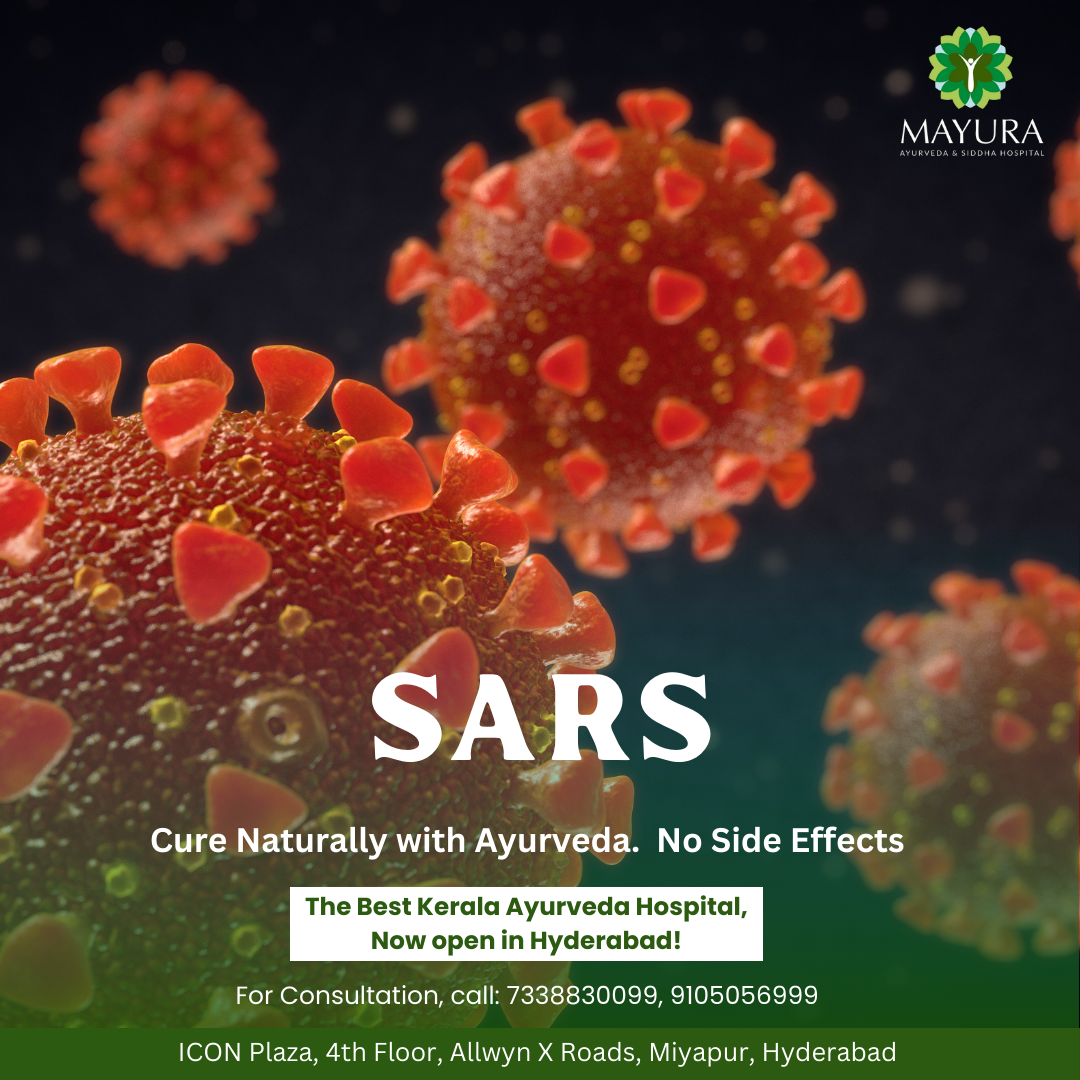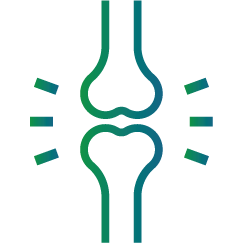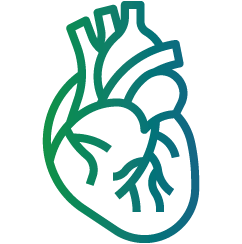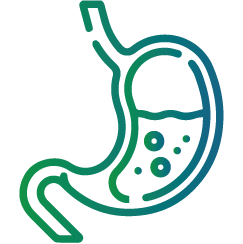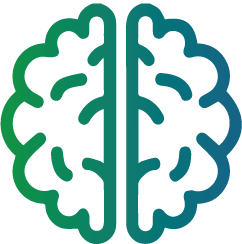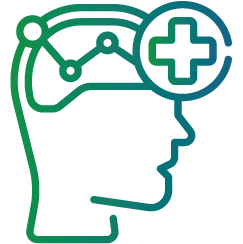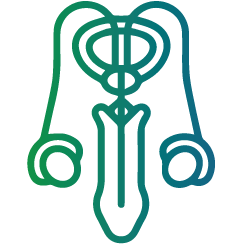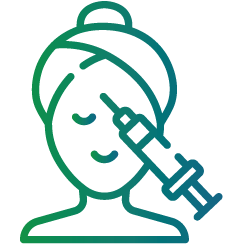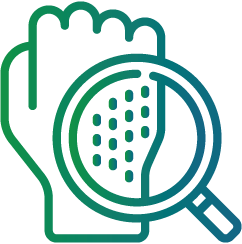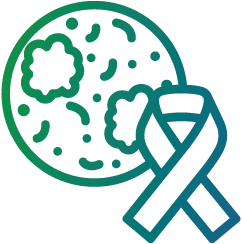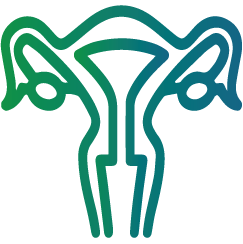Severe Acute Respiratory Syndrome (SARS) is a viral respiratory illness caused by a coronavirus known as SARS-CoV. First identified in 2003, SARS caused a global outbreak that highlighted the need for vigilant infectious disease monitoring and preparedness. This blog will delve into the symptoms, transmission, and prevention strategies for SARS, providing a comprehensive understanding of this significant health concern.
Symptoms of SARS
SARS typically begins with flu-like symptoms. These include:
High fever: Often exceeding 100.4°F (38.0°C)
Headache: Persistent and severe
Overall discomfort: General malaise and body aches
Respiratory symptoms: Dry cough, difficulty breathing, and in severe cases, pneumonia
Patients may also experience chills, sore throat, and muscle aches. Symptoms usually appear within 2-10 days after exposure to the virus. It’s crucial to seek medical attention if these symptoms arise, especially after traveling to regions with known SARS cases.
Transmission of SARS
SARS-CoV is primarily transmitted through respiratory droplets when an infected person coughs or sneezes. It can also spread by touching surfaces contaminated with the virus and then touching the face, especially the mouth, nose, or eyes. Close person-to-person contact, such as caring for or living with an infected individual, increases the risk of transmission.
Prevention of SARS
Preventing the spread of SARS involves several strategies:
1. Hygiene Practices: Regular hand washing with soap and water for at least 20 seconds. Use alcohol-based hand sanitizers when soap is unavailable.
2. Respiratory Etiquette: Covering the mouth and nose with a tissue or elbow when coughing or sneezing. Dispose of tissues properly and sanitize hands immediately.
3. Face Masks: Wearing masks, especially in crowded or enclosed spaces, can reduce the spread of respiratory droplets.
4. Avoid Close Contact: Keeping a safe distance from individuals showing symptoms of respiratory illness.
5. Sanitize Surfaces: Regularly cleaning frequently touched surfaces such as doorknobs, light switches, and mobile devices.
Diagnosis and Treatment
Diagnosing SARS involves a combination of clinical evaluation and laboratory tests. Healthcare providers may use chest X-rays, blood tests, and polymerase chain reaction (PCR) tests to detect the virus. Since there is no specific antiviral treatment for SARS, management focuses on relieving symptoms and supporting respiratory function. This may include:
Oxygen Therapy: To ensure adequate oxygen levels in the blood.
Antibiotics: To treat secondary bacterial infections, if any.
Antiviral Medications: Experimental treatments used in severe cases.
SARS vs. COVID-19
It’s essential to differentiate between SARS and COVID-19, as both are caused by coronaviruses but differ in several ways:
Virus Strain: SARS is caused by SARS-CoV, while COVID-19 is caused by SARS-CoV-2.
Transmission Rate: COVID-19 spreads more easily and has a higher reproduction number (R0) compared to SARS.
Mortality Rate: SARS has a higher mortality rate (around 10%) compared to COVID-19 (approximately 2-3%).
Global Impact and Preparedness
The SARS outbreak of 2003 had a significant impact on global health systems, emphasizing the importance of preparedness and rapid response to emerging infectious diseases. Governments and health organizations worldwide have since strengthened surveillance, research, and response strategies to manage future outbreaks effectively.
Conclusion
Severe Acute Respiratory Syndrome (SARS) remains a critical reminder of the potential impact of viral respiratory diseases. Understanding its symptoms, transmission, and prevention methods is vital for public health. Continued vigilance and adherence to preventive measures can help mitigate the risk of SARS and other similar diseases.
By staying informed and prepared, individuals and communities can contribute to global efforts in controlling the spread of infectious diseases.

